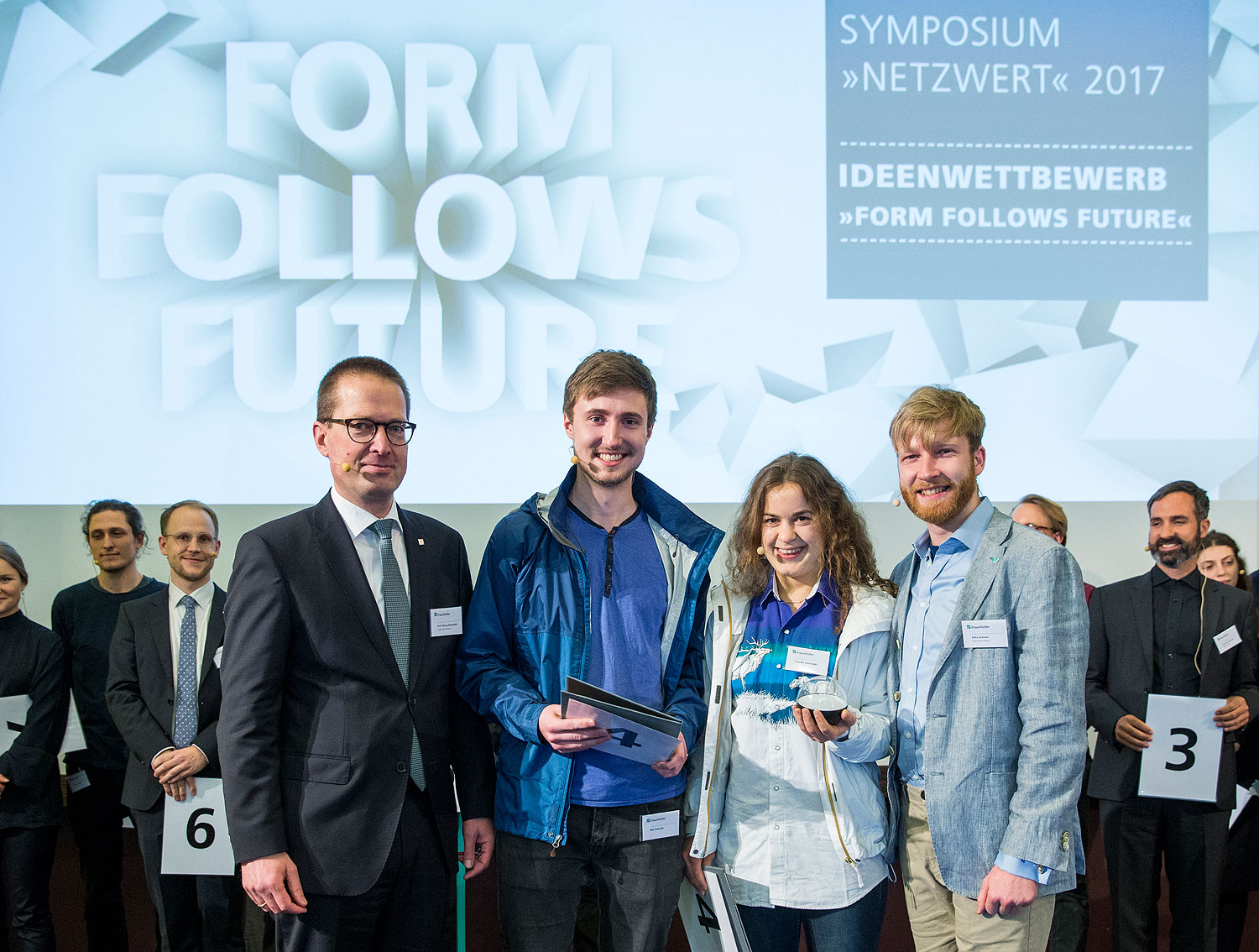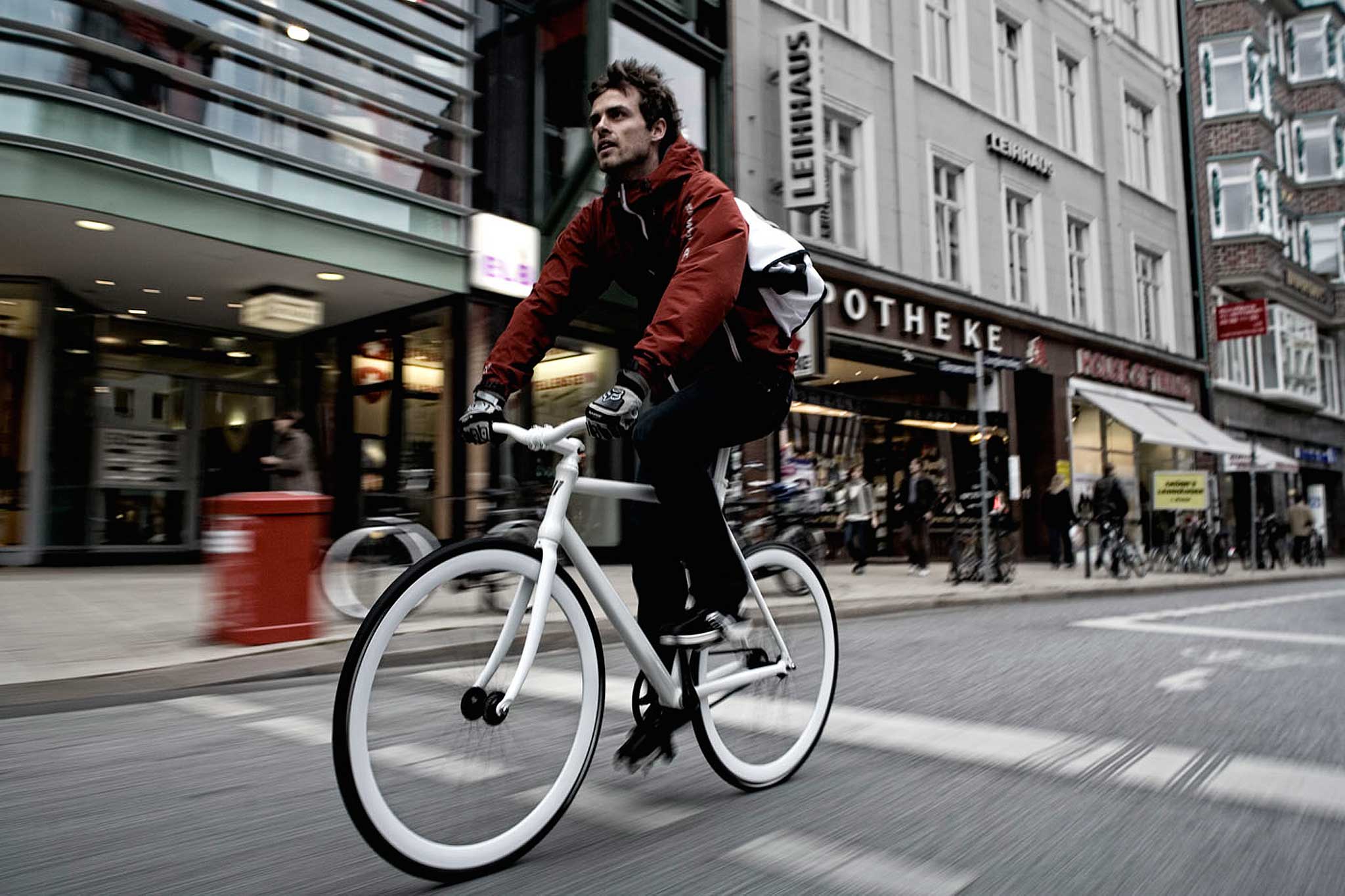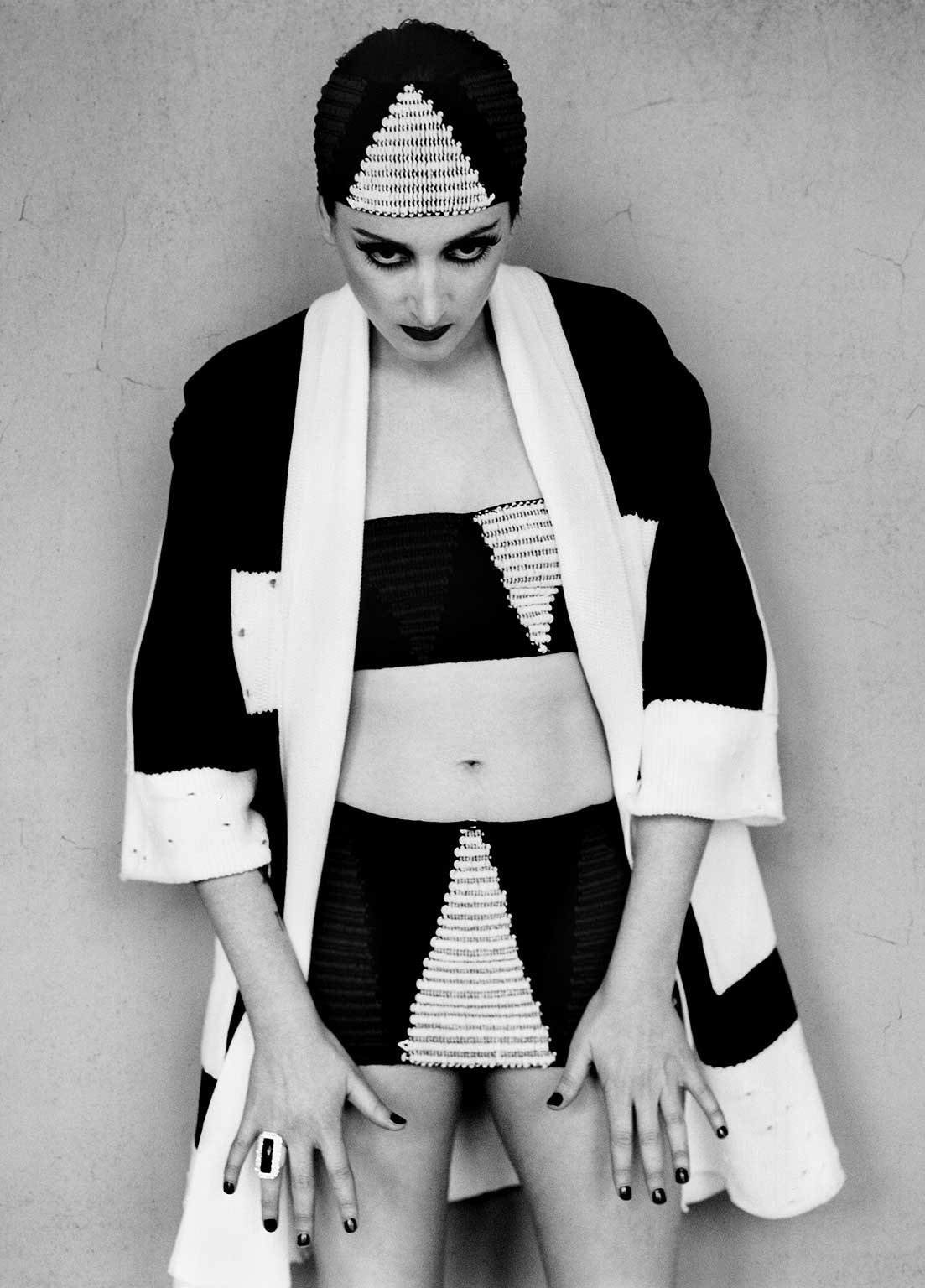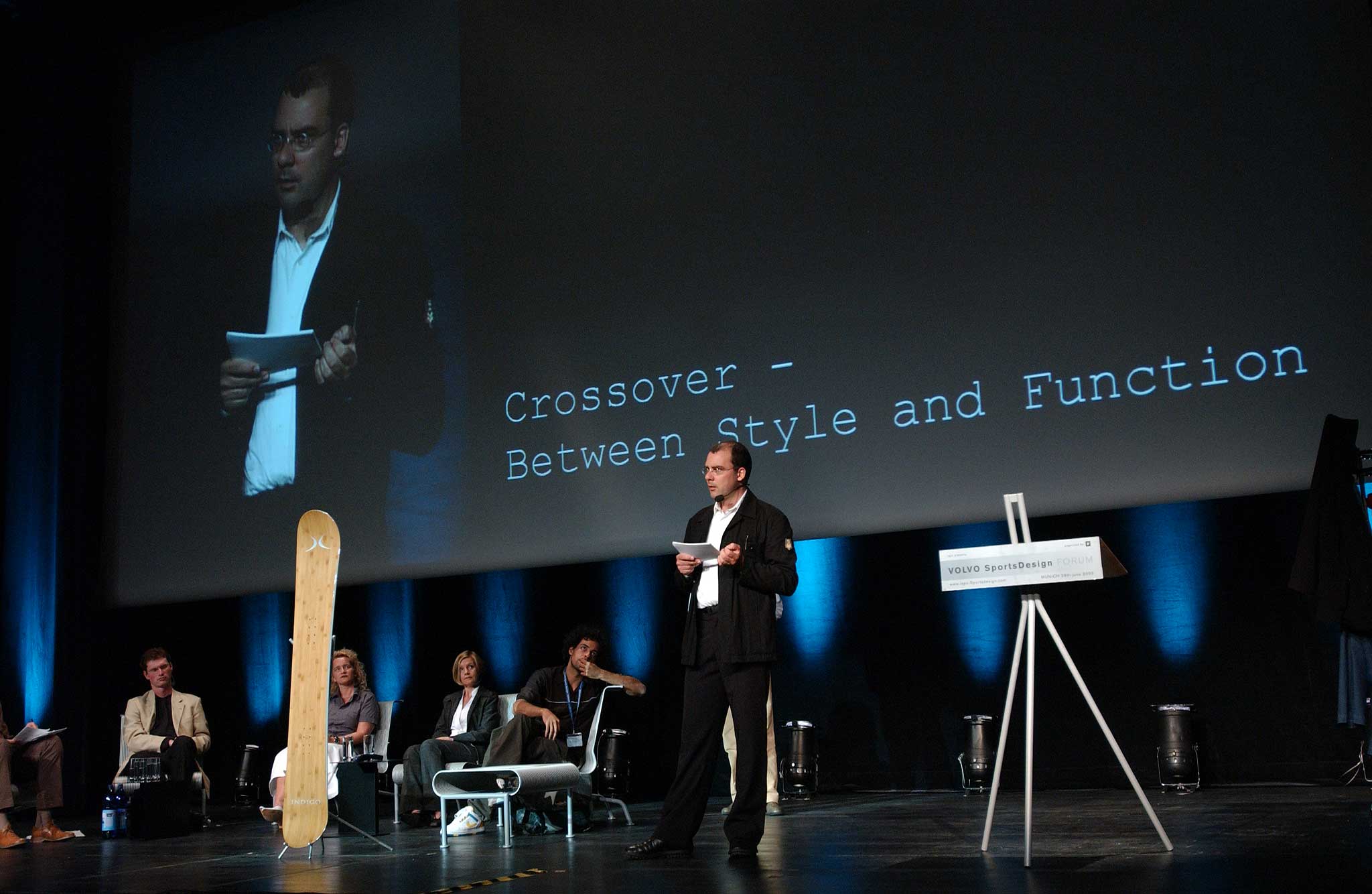Fraunhofer Design Competition
15 April, 2017
2nd Prize to Claudia Lausegger, Piet Schmidt (UdK) and Felix Drewes (Fraunhofer Fokus) © Marc Müller
A competition held by the Fraunhofer-Gesellschaft demonstrates the potential of bringing scientists and designers together. Fraunhofer researchers collaborated with design students at two German universities to develop product concepts for technologies not yet on the market. Joachim Schirrmacher took a look at the project.
… more
.................
Interview with Reimund Neugebauer, President of Fraunhofer
15 April, 2017
“The innovation processes can improve if we collaborate more closely with designers”. Fraunhofer President Reimund Neugebauer. Photo: © Bernhard Ludewig
Professor Reimund Neugebauer, president of the Fraunhofer-Gesellschaft, talks about the dormant potential of collaboration between engineers and designers.
… more
.................
Symposium and Festival
02 March, 2012
The local TV-Station ERT 3 and Mega Channel reported.
The power of creativity was the theme of the festival “Made in Thessaloniki“. Joachim Schirrmacher was invited as speaker for the Symosium. … more
.................
Joachim Schirrmacher
05 August, 2010
joachim-schirrmacher-schindelhauer-viktor_10
Picture 1 of 1
© www.schindelhauerbikes.de
Joachim Schirrmacher在中国设计杂志„Wave“ 中写到,中国能从各种交通工具组成 的便捷网络中学到些什么。 … more
.................
German fashion history – Special: Fashion in Germany 2/7
16 February, 2010
Berlin Fashion Designer Claudia Skoda is influenced by art.
A review of German fashion history. Fashion is closely linked to identity. However, it was almost unable to evolve in Germany because of its chequered history. The question of German identity was only resolved with reunification in 1990. Immediately fashion in Germany began to thrive. … more
.................
Visitors’ Programme of the Federal Government
15 July, 2009
The culture and creative industries are considered a growth sector with a promising future and they have a lot to offer in Germany and Switzerland. A travel report
By Joachim Schirrmacher
Fine wines from Theresienthal glasses that were once designed for the tsars. Homeless people that Diakonie Düsseldorf, working with artist Mischa Kuball, now offers a day centre that resembles a trendy café. Striking new buildings like the Zollverein School designed by Japanese Sanaa architects on the grounds of the once huge coal mine. Or the clarity of vision of Gerd Bulthaup, who has become world market leader in premium kitchens.
These were just some of more than 40 events and stops on the programme of a 10-day journey through Germany and Switzerland in which 15 journalists from Asia, Latin America and Europe took part on the invitation of Germany’s Federal Foreign Office and Switzerland’s Federal Department of Foreign Affairs.
What was the reason for the visit? Although Germany is internationally known for its technological innovations – from cars to MP3 technology – many people do not realize that its culture and creative industries now make a substantial contribution to net output and this sector has a highly promising future. The common and defining core element in the work of the people engaged in eleven different sectoral markets is creative activity ranging from design and music to architecture and film. The German creative economy has a turnover of some 61 billion euros a year. Although that places it behind the car industry (71 billion euros), it is already significantly ahead of the chemical industry (49 billion euros). In Switzerland, too, the cultural and creative sector, especially its very dynamic design, art and architecture scene, has a strong influence on the economy. More than one tenth of the entire Swiss economy is already considered part of the creative sector.
“The creative industries in Germany demonstrate what a post-industrial economy can look like,” says an impressed Professor Konstantin Remchukov, publisher and editor-in-chief of the Moscow daily Nezavisimaya Gazeta. “What I find especially interesting is how important even very small firms frequently are,” reports Javier Barreiro, editor-in-chief of Arquine, the Mexico-based international specialist journal for architecture. Thus, for example, ISA Internationales Stadtbauatelier, the think tank for architecture and urban planning from Stuttgart, has only 10 employees, but is currently involved in projects in 10 cities, primarily in Asia. The two Berliners Clara Leskovar and Doreen Schulz of the small c.neeon fashion label do not only produce textile and fashion designs, but also organize their production and delivery to retailers in 17 countries. Furthermore, they also realize numerous special projects for companies like H&M, Vorwerk and Volkswagen. Small is beautiful.
Alexander Neumeister is another good example of the innovative force of the creative economy. He did not only design the latest generation of Germany’s high-speed train, the ICE3 and ICE-T, which became an export success and now runs in modified form in Spain, China and Russia. He was also responsible for the design of the 500 km/h Transrapid maglev train and Japan’s Nozomi 500 Shinkansen.“It’s a very special ‘spirit’ that leads to creativity being reinvented in Germany from one generation to the next,” said Yuling Zhang of the Chinese newspaper Guangming Daily after he she heard a house concert by mezzo-sopranist Alexandra Röseler and pianist David Trimm at the art-deco house of Herbert Staffa in Leipzig. Many other participants were also impressed by seeing how the new grew out of the old: “Projects like the Baumwollspinnerei in Leipzig (former cotton mill), Zeche Zollverein in Essen (former coal mine), Hafencity in Hamburg (harbour area) and Tempelhof Airport, where the Bread and Butter fashion fair was held, are fascinating venues at which something new is being created from something old,” enthuses book author Marcia Iwatate from Tokyo.
In addition to these visits, highlights of the tour included personal encounters with creative minds – for example, during a barbecue on the roof terrace of Leipzig gallery owner Gerd Harry Lybke, where there were discussions with artists like Matthias Weischer, Christiane Baumgartner, Maix Meyer, Hans Aichinger and Edgar Leciejewski.
The Visitors’ Programme of the Federal Government brings roughly 1,000 opinion leaders to Germany every year and is one of the most important instruments for promoting Germany’s image abroad. The Visitors’ Programme is highly regarded due to the immediacy of the experience, the personal impressions and the credibility, independence and specialist expertise of the partners commissioned with organizing the trips. This journey, which was realized by the Goethe-Institut and supported by the German National Tourist Board, had model character in a number of respects. The cooperation with Switzerland was a first step towards developing a European visitors’ programme; the involvement of sponsors from industry strengthened network formation; and the design of the invitation and programme by Berlin-based Bureau Mario Lombardo provided the requisite credibility. Yenny Cáceres, editor-in-chief of the Chilean daily Qué Pasa, summed up the journey in the following words: “It was strenuous, but unforgettable.”
Published
Deutschland 4/2009: “Creative Competence“, P. 20 – 21
.................
Design Reaktor Berlin – Design management
26 November, 2008
Not just products, but anything from processes to business models can be designed. Experts offer insights from practical experience. … more
.................
Lecture: Volvo Sports Design Forum
28 June, 2003
Lecture in front of over 400 participants at the 2. Volvo Sports Design Forum at ICM, Munich.
The connection of style and function provides for impulses in the market. As a result of that, a new clothing segment can develop. New target groups and new materials drive the change. To take advantage of these chances, a strategic design management with the integration of product development, communication and distribution is necessary. … more
.................






